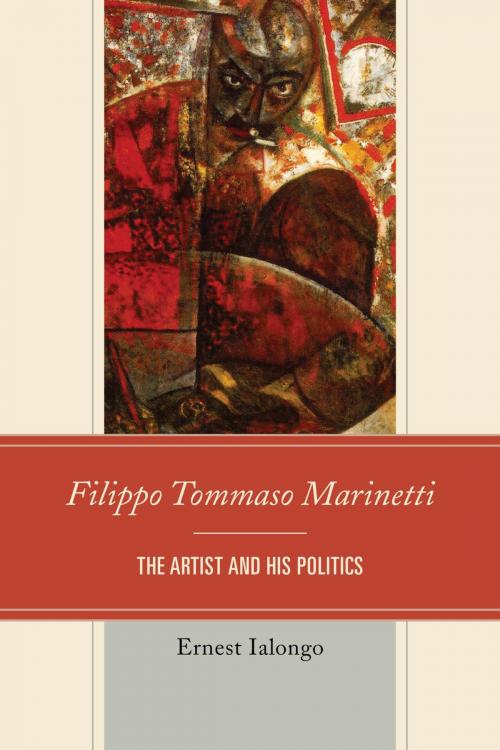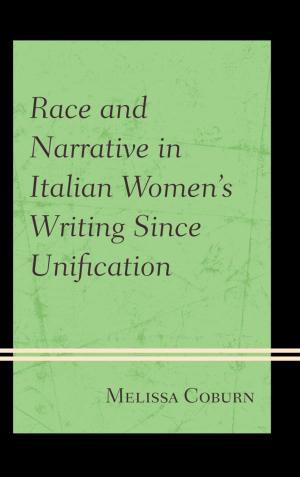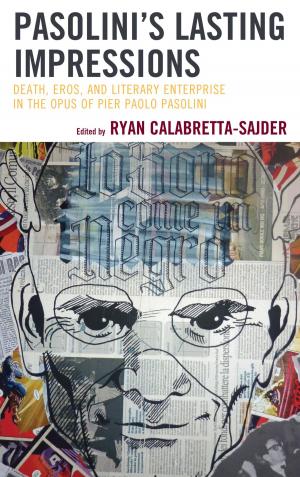Filippo Tommaso Marinetti
The Artist and His Politics
Nonfiction, History, European General, Biography & Memoir, Political, Art & Architecture| Author: | Ernest Ialongo | ISBN: | 9781611477573 |
| Publisher: | Fairleigh Dickinson University Press | Publication: | March 6, 2015 |
| Imprint: | Fairleigh Dickinson University Press | Language: | English |
| Author: | Ernest Ialongo |
| ISBN: | 9781611477573 |
| Publisher: | Fairleigh Dickinson University Press |
| Publication: | March 6, 2015 |
| Imprint: | Fairleigh Dickinson University Press |
| Language: | English |
Filippo Tommaso Marinetti: The Artist and His Politics explores the politics of the leader of the Futurist art movement. Emerging in Italy in 1909, Futurism sought to propel Italy into the modern world, and is famously known for outlandish claims to want to destroy museums and libraries in order to speed this transition. Futurism, however, also had a much darker political side. It glorified war as the solution to many of Italy’s ills, and was closely tied to the Fascist Regime. In this book, Ialongo focuses on Marinetti as the chief determinant of Futurist politics and explores how a seemingly revolutionary art movement, at one point having some support among revolutionary left-wing movements in Italy, could eventually become so intimately tied to the repressive Fascist regime. Ialongo traces Marinetti’s politics from before the foundation of Futurism, through the Great War, and then throughout the twenty-year Fascist dictatorship, using a wide range of published and unpublished sources. Futurist politics are presented within the wider context of developments in Italy and Europe, and Ialongo further highlights how Marinetti’s political choices influenced the art of his movement.
Filippo Tommaso Marinetti: The Artist and His Politics explores the politics of the leader of the Futurist art movement. Emerging in Italy in 1909, Futurism sought to propel Italy into the modern world, and is famously known for outlandish claims to want to destroy museums and libraries in order to speed this transition. Futurism, however, also had a much darker political side. It glorified war as the solution to many of Italy’s ills, and was closely tied to the Fascist Regime. In this book, Ialongo focuses on Marinetti as the chief determinant of Futurist politics and explores how a seemingly revolutionary art movement, at one point having some support among revolutionary left-wing movements in Italy, could eventually become so intimately tied to the repressive Fascist regime. Ialongo traces Marinetti’s politics from before the foundation of Futurism, through the Great War, and then throughout the twenty-year Fascist dictatorship, using a wide range of published and unpublished sources. Futurist politics are presented within the wider context of developments in Italy and Europe, and Ialongo further highlights how Marinetti’s political choices influenced the art of his movement.















